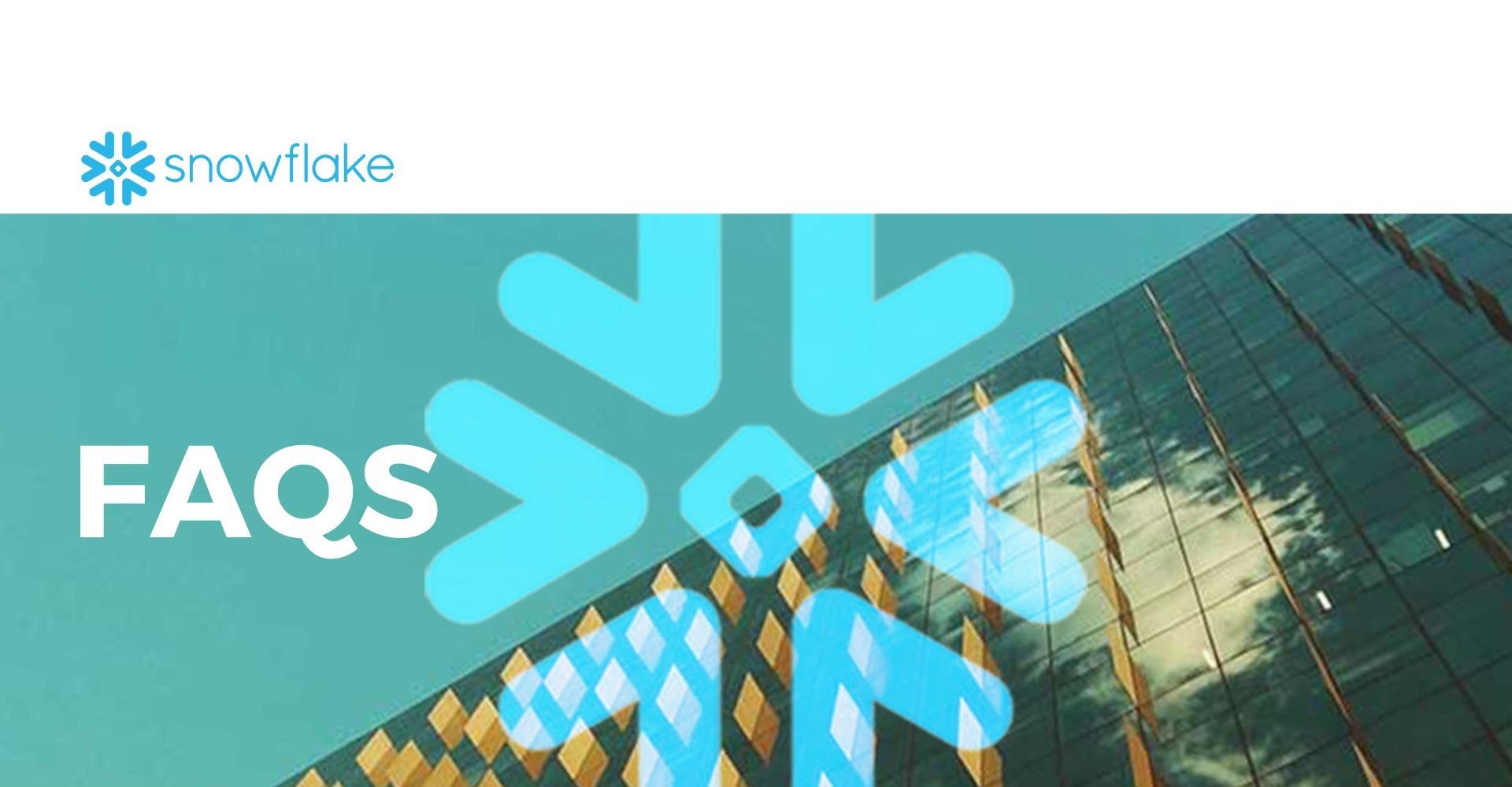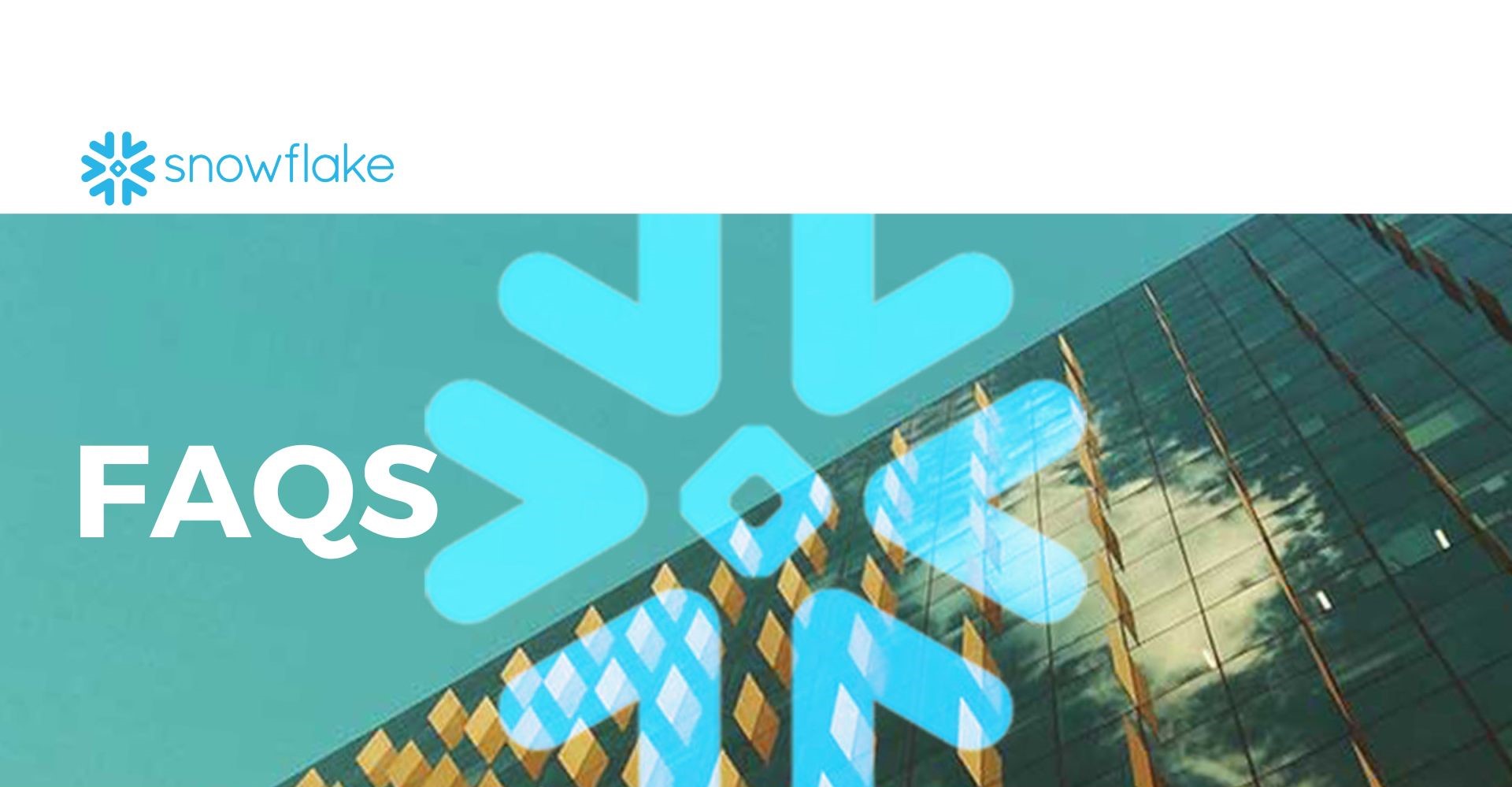We explore what Snowflake is, what it is for and what features make it a unique cloud platform on the market.
Over the past few years, the Snowflake cloud platform has revolutionised the enterprise world. Built on the robust infrastructure of Amazon Web Services (AWS) and Microsoft Azure, Snowflake offers a unique capability: it separates data storage from compute, allowing it to scale independently. This capability makes it possible to handle massive volumes of data at high speeds and in a secure manner. Find out what Snowflake is, what it is for and what features make it a unique platform on the market.
 In the digital age, information is the most valuable asset. In this landscape, efficient data management has become the core of business operations.
In the digital age, information is the most valuable asset. In this landscape, efficient data management has become the core of business operations.
The explosion of massive data, driven by technological advances, has created a significant challenge: how to manage and leverage this massive amount of information? The answer to this question lies in advanced data platforms that not only store data, but also offer speed, reliability and scalability to meet the growing demands of the modern world.
In this context, Snowflake stands out as an up-and-coming technology.
But what is Snowflake and why has it captured the attention of the business world? Imagine a cloud platform designed specifically to transform the way organisations manage their data. Snowflake is not just a cloud data warehouse; it's a revolution in the way we understand and leverage data.
Below, we explore Snowflake's features and functionalities in more depth, from its fundamentals to its impact on today's business landscape.
What is Snowflake?
Developed in 2012, Snowflake is a cloud-based data storage and data analysis platform that operates as a SaaS (software as a service). The tool has become increasingly popular in the technology and business world.
It is a fully managed software that allows companies to store and analyse large volumes of data in an efficient and scalable way.
Simply put, Snowflake is a cloud-based data warehousing platform that allows companies to store and analyse large volumes of data efficiently and cost-effectively. However, Snowflake is much more than that, as it combines data warehousing with many other functionalities.
Snowflake brings together data warehousing —both data warehoue and data lake— data analytics, data engineering, data science and data application development in a single platform.
In addition, Snowflake stands out for its unique architecture and its ability to handle semi-structured and structured data simultaneously.
Snowflake also offers out-of-the-box features such as storage and compute separation, on-the-fly scalable computing, data sharing, data cloning and support for third-party tools to meet the demanding needs of growing businesses.
More than just an access network, Snowflake represents a unique solution for managing and leveraging structured, semi-structured and even unstructured data. Its latest foray into the realm of unstructured data marks a milestone in enterprise collaboration, enabling organisations to operate at virtually unlimited scale.
If you're still not convinced of why Snowflake has become so popular, here are some of the key features that make it a unique platform.
Snowflake's key features
-
Compute-separate storage architecture: Snowflake uses a compute-separate storage architecture, which means that data is stored in one place and query and analysis operations are performed elsewhere. This allows for optimal performance and scalability, as storage and compute capabilities can be scaled independently as needed.
-
Automatic scalability: Snowflake can automatically scale to handle large data volumes and concurrent workloads. Compute resources are automatically allocated and de-allocated as needed, ensuring consistent performance and avoiding bottlenecks.
-
Semi-structured data support: Snowflake supports semi-structured data, such as JSON, Avro and Parquet, meaning it can handle a variety of data formats without requiring prior transformation.
-
Security: Snowflake offers robust security features, including encryption of data at rest and in transit, role-based access control and detailed auditing to ensure sensitive data is protected.
-
Ease of use: Snowflake is designed to be easy to use and offers an intuitive user interface and standard SQL syntax for queries. It also supports numerous data analysis and data visualisation tools.
-
Connectivity: Snowflake supports multiple tools and programming languages, making it easy to integrate with existing applications and allowing users to work with their preferred tools.
In short, Snowflake is an advanced cloud-based data storage and data analytics solution that has become a popular choice for businesses that need to handle large volumes of data efficiently and securely.
What does Snowflake do?
As we have already seen, Snowflake is a software-as-a-service that combines cloud storage with functionalities from other disciplines such as data analytics and data science.
Below is a list of Snowflake's most common features and use cases.
-
Data warehousing: Snowflake provides a secure and scalable storage system for structured and semi-structured data. It can handle a variety of data formats, such as JSON, Avro, Parquet, etc.
-
Data processing: Snowflake separates storage from computing resources, allowing users to scale computing resources up or down on demand. This separation enables efficient query and analysis processing, ensuring high performance even with large datasets and complex queries.
-
Concurrency: Snowflake can efficiently handle multiple concurrent users and queries. It automatically allocates resources to different queries, ensuring that one user's query does not interfere with another user's query.
-
Semi-structured data support: Snowflake can work with semi-structured data, such as JSON, without the need for a pre-defined schema. This flexibility is essential for handling data from sources such as social networks, IoT devices and log files.
-
Security: Snowflake offers robust data security features such as encryption of data at rest and in transit, role-based access control and auditing. This ensures that data is protected from unauthorised access and meets compliance requirements.
-
Ease of use: Snowflake offers an easy-to-use interface and supports standard SQL queries. This makes it accessible to users with knowledge of SQL, allowing them to query and analyse data without the need to learn a new language or complex procedures.
-
Integration with other tools: Snowflake integrates with various business intelligence tools, data integration platforms and other data-related services, allowing companies to use their preferred tools for analysis and visualisation.
What business problem does Snowflake solve?
As data storage and integration software that exploits the benefits of cloud environments —scalability, flexibility and speed— Snowflake addresses a challenge that companies have been struggling with for years: data fragmentation and data silos.
The vast majority of organisations store data that is dispersed across multiple databases and departmental silos and is often in disparate formats.
Snowflake provides a comprehensive data integration solution that breaks down data silos by providing a centralised platform for data management and analysis. Snowflake simplifies the task of joining and enriching data from multiple sources, which not only drives deeper understanding of data, but also delivers significant time and resource savings by eliminating the complexity and associated costs of mobilising disparate data.
Snowflake solves the business problem of efficiently managing, analysing and deriving insights from large and diverse data sets. It addresses challenges related to data scalability, complexity, concurrency, cost-effectiveness, ease of use and data security. By providing a scalable, flexible and secure cloud data warehousing platform, Snowflake enables businesses to make data-driven decisions, gain competitive advantage and innovate more effectively.
Snowflake: Frequently Asked Question (FAQs)
As a recently popular cloud service and multifunctional software, it is understandable that users have many questions about what Snowflake is, what it is for and how it works.
Below we try to answer the most frequently asked questions about the trendy cloud software Snowflake.
What language does Snowflake use?
Snowflake uses SQL (Structured Query Language) as its primary language for querying and data manipulation. SQL is a standard language used in relational and non-relational database management systems to perform operations such as selecting data, inserting new records, updating existing data and deleting records.
Snowflake users can interact with the platform using standard SQL statements to perform complex queries, data analysis and manipulation of structured and semi-structured data. Snowflake provides an ANSI-compliant SQL interface, which means that SQL queries written for other relational database systems are often compatible and can be executed in Snowflake with minimal, if any, modifications. This makes it easier for users with SQL experience to work with Snowflake and take advantage of its capabilities for cloud data storage and analysis.
What is a Snowflake database?
In the context of Snowflake, a "Snowflake database" refers to a logical container within the Snowflake database management system where related data is stored. Each Snowflake account can contain multiple databases, and each database can contain multiple schemas, tables, and other database objects.
Within a Snowflake database, users can create schemas to organise tables and other database objects. Schemas are useful for organising and structuring data in a logical manner. Tables in a Snowflake database store data and follow a specific schema that defines the structure of the data, such as column names, data types, and constraints.
One of the key features of Snowflake is its ability to handle semi-structured and structured data simultaneously. This means that it can work with data in formats such as JSON, Avro and Parquet without the need for prior transformations, simplifying the process of data warehousing and analysis for users.
In addition, Snowflake allows users to define and execute SQL queries against databases to perform analysis, filtering, aggregation and other data manipulation operations. Snowflake's flexibility in terms of data structure and its ability to scale as needed make it a popular choice for organisations that need to manage large volumes of data in the cloud.
Is Snowflake a tool or database?
Snowflake is a cloud-based data warehousing platform that can be described as both a tool and a database. It is a fully managed service that allows businesses to store and analyze large volumes of data in the cloud. Snowflake provides a data warehouse as a service (DWaaS) solution, which means it handles all aspects of data storage, processing, and analysis in the cloud environment.
At its core, Snowflake is built on a distributed architecture that separates storage and compute resources. It uses a relational database model for organizing and managing data. However, it's important to note that Snowflake's architecture and design distinguish it from traditional databases. Its unique architecture allows it to scale dynamically, enabling seamless handling of large datasets and complex analytical workloads.
In summary, Snowflake is a cloud-based data warehousing platform that acts as both a tool (providing a user interface and query language) and a database (providing data storage and processing capabilities). Its innovative approach to data warehousing sets it apart from traditional databases and has made it popular among businesses dealing with large and complex datasets.
What is Snowflake AWS?
Snowflake on AWS refers to the deployment of Snowflake, the cloud data warehousing and analytics platform, on Amazon Web Services (AWS) infrastructure.
When Snowflake is deployed on AWS, it leverages AWS services and infrastructure to provide secure, scalable data storage and high-performance data processing capabilities.
Some features of Snowflake on AWS include:
-
Storage on Amazon S3: Snowflake uses Amazon Simple Storage Service (Amazon S3) as its primary storage layer. Amazon S3 is a highly scalable and durable object storage service that allows Snowflake to store large volumes of data securely and efficiently.
-
Automatic scalability: Snowflake on AWS can automatically scale both storage and processing power according to workload needs. This means it can handle large volumes of data and concurrent queries seamlessly.
-
Integration with other AWS Services: Being on the AWS platform, Snowflake easily integrates with other AWS services, such as AWS Identity and Access Management (IAM) for identity and access management, and Amazon VPC for secure virtual private networking.
-
Fast connectivity: Snowflake on AWS benefits from the AWS global network, enabling fast and reliable connectivity from multiple locations around the world.
-
Security: Snowflake on AWS offers advanced security features, including encryption of data at rest and in transit, role-based access control and detailed auditing.
In short, Snowflake on AWS is an instance of Snowflake running on Amazon Web Services infrastructure, leveraging the services and scale of AWS to deliver cloud data warehousing and analytics solutions to organisations.
Is Snowflake different from AWS?
As we have seen, Snowflake and AWS (Amazon Web Services) are different, but can be related in the context of how Snowflake uses the AWS infrastructure.
-
Snowflake: Snowflake is a cloud-based data storage platform. It is not part of AWS, but is a standalone service that can run on multiple cloud providers, such as AWS, Azure and Google Cloud Platform. Snowflake provides a scalable and flexible platform for storing and analysing data. It is known for its unique architecture that separates storage and compute resources, enabling efficient query processing and analysis of large datasets. Snowflake can be considered a service running on a cloud infrastructure, including AWS.
-
AWS (Amazon Web Services): AWS is a comprehensive cloud computing platform provided by Amazon. It offers a wide range of cloud services, including computing power (with services such as Amazon EC2), storage (Amazon S3), databases (Amazon RDS, Amazon DynamoDB), networking, machine learning and much more. AWS provides the underlying infrastructure and services on top of which various applications and services, including Snowflake, can be built and run.
Thus, Snowflake is a service specifically for data storage and analytics, while AWS is a broader cloud computing platform that offers a variety of services and infrastructure, including services that can host applications such as Snowflake. When people talk about 'Snowflake on AWS', they mean using Snowflake's data warehousing service within the AWS infrastructure. Snowflake leverages AWS services, such as Amazon S3 for storage, to provide its data storage capabilities.
Conclusion
In short, Snowflake has established itself as a true revolution in the world of data storage and analytics. Its unique architecture, which combines the flexibility of cloud storage with exceptional performance and unparalleled ease of use, has changed the way businesses manage and use their data. The ability to share data securely and collaboratively, along with the ability to scale horizontally to handle massive data sets, has made Snowflake an invaluable tool for businesses of all sizes and industries.
With its focus on simplicity and efficiency, Snowflake has paved the way for a future where organisations can harness the full power of their data quickly and effectively. As the world of data continues to evolve, Snowflake remains at the forefront, delivering innovative solutions that drive data analytics, informed decision making and business progress. Ultimately, Snowflake is not simply a data warehousing platform, but a catalyst for innovation and growth in the digital age.



